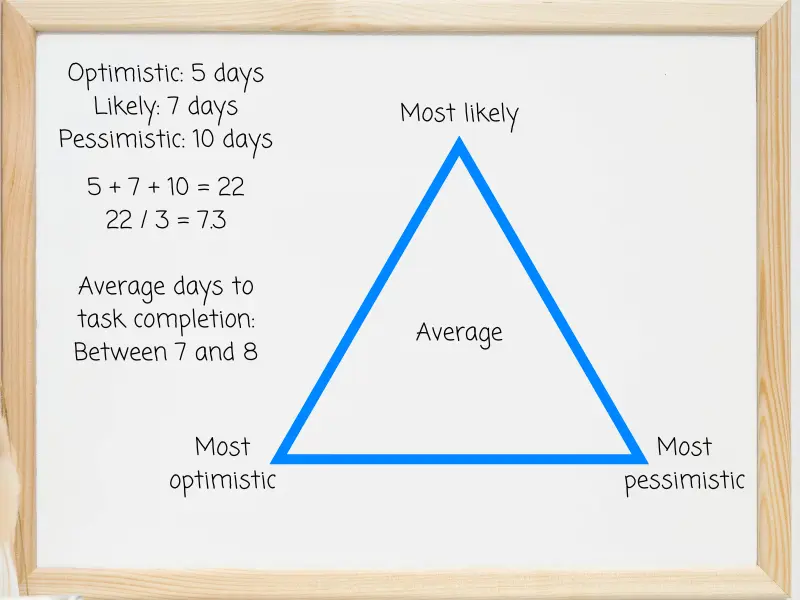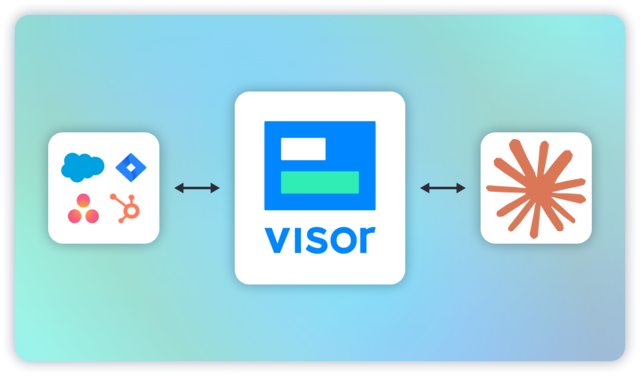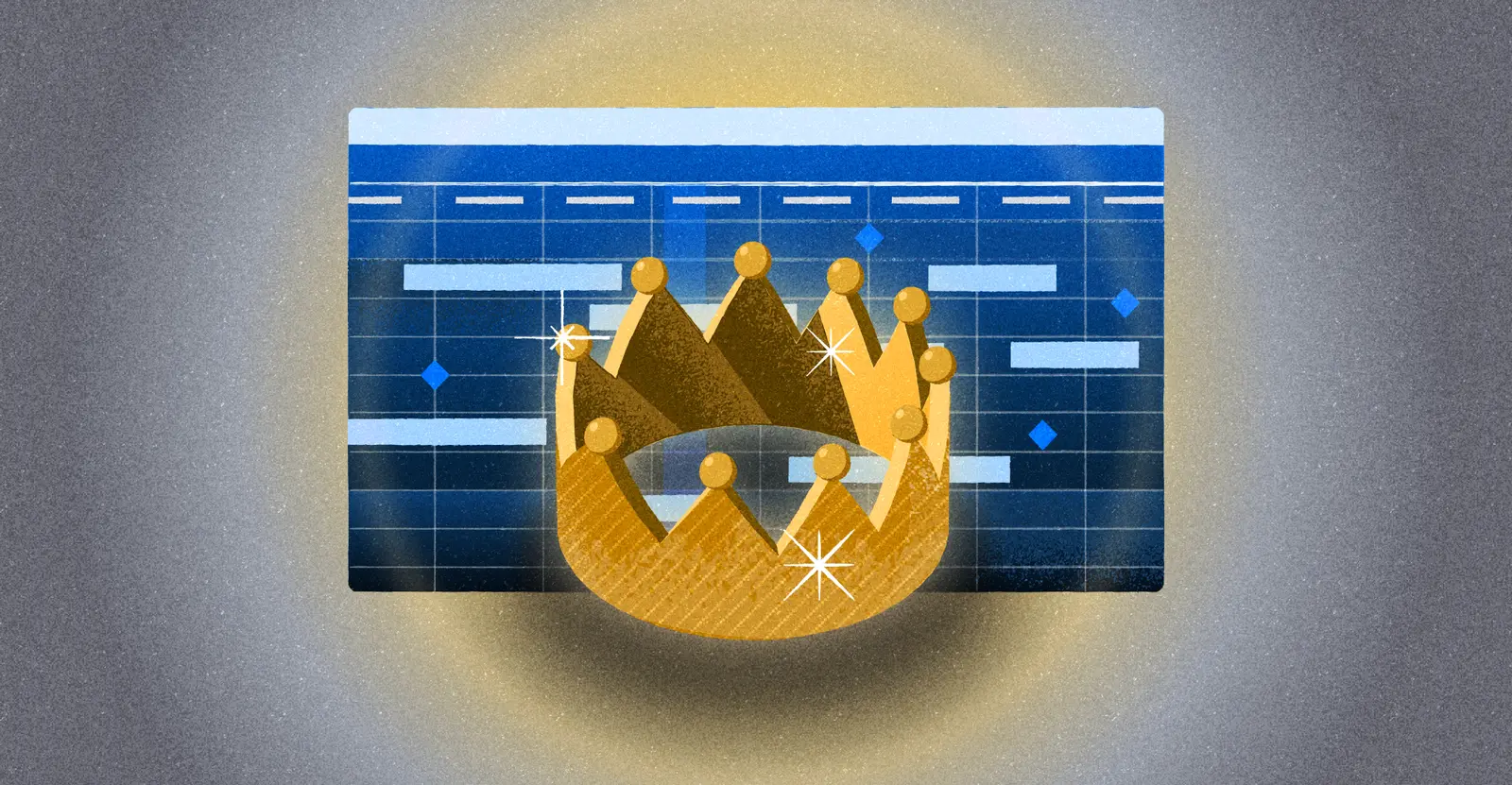
Agile Estimation Techniques: How To Pick The Right Method For The Job
Agile estimation techniques are a range of approaches that you and your agile team can use to estimate the amount of time and resource that will be required for different tasks in your next sprint. This can give teams a greater idea of how much time and resource sprints will take, without losing an agile, adaptive approach.
The best part about Agile methodology is that it’s… well… agile. This isn’t news to anyone using it, and it’s been said before. The ability to update, iterate, and shift on-demand is a huge part of what makes Agile so useful as a long term strategy.
But that exact flexibility can be a huge problem when you’re trying to plan a project. How long will it take to reach milestones? How many milestones do you actually need? What sort of budget should you set, and how likely is that to cover incidentals? If the answer is “we’ll figure it out as we go along” you’ll have a confused team and stressed stakeholders.
That’s where agile estimation techniques come in. These are methods you can use to create predictable, realistic estimates for the various elements of a project.

By the way, if you’re loving this colorful project timeline, you can make your own to gain crystal clear insight into your team’s next big project.
There are dozens of different tried-and-true agile estimation techniques you can use. Some are very similar to one another but for minor details or different language to describe the specifics. The key is to know which estimation methods work best for which situations and why.
To that end, we’ve gathered up a few different methods we’re especially fond of where each example suits a different need – flexible use, speedy assessment, rough estimation, detailed discussions, and fixed limits. We’ve included information to help you know which technique is right for which situation, along with real-life examples of the techniques in practice.
What are agile estimation techniques?
Agile estimation techniques are used by agile teams to estimate the time, resources, effort, and difficulty they think that each task in a sprint will require.
There are a range of agile estimation techniques, and people are constantly creating new additions, or tweaks on old favorites, but here are some of the most commonly used ones:
- Sprint Poker (aka Planning Poker)
- Analogy
- T-Shirt Size Estimation
- Dot Voting
- Story Points
- Three-Point Estimate
- Bucket System
- Affinity Grouping
- Random Distribution
- Large, Small or Uncertain
- Top Down
You’ll find guides on how to use each of these methods online, and the pros and cons of each. I typically use:
- Three-Point Estimate (for added flexibility)
- Affinity Grouping (for speed)
- T-Shirt Sizing (for rougher estimates)
- Top-Down (for firmer, fixed limits)
I go over these four methods below. The important thing to bear in mind regardless of the exact method you use, is that estimation depends upon your inputs (your team) and their own experience.
Agile estimation techniques are not exact calculations and measurements, and the technique you decide to use should consider your own team’s predilections and biases, along with how it fits with the project’s complexity, importance, and scope.
Three Point Estimate: for Flexibility
What it is
The three-point estimation technique involves finding the average of three different expectations.
The team will come up with a very rosy, best-case scenario, then a very bad worst-case, and finally a realistic middle of the road estimation.
Using this method, the team will not only use the best and worst case to inform the most realistic case, but project managers will be able to combine all three outcomes to find a mathematically-logical outcome.
When to use it
Three point estimation is a very versatile agile estimation technique. It works great both for describing the challenges of a project and for finding specific numbers. It’s an easy, intuitive form of estimation that’s an especially great fit for teams new to Agile.
You might want to use it to determine how long a project will take, how many setbacks you might encounter, or to figure out a rough budget. But you could also use it without crunching numbers to get the team in alignment about a realistic process or roadmap.

Example
Aisha, a project manager, wants her stakeholders to understand how long a project is likely to take. She uses three point estimation to present several potential outcomes.
In the first scenario, she estimates that every task will meet its deadline, and some tasks will be completed early.
In the second scenario, she estimates that the team will fall short of every deadline, and deliverables will arrive a week or more late.
She uses these situations to inform her third scenario, where some deadlines are met and others are missed by varying degrees, based on the difficulty of each task.
She takes the average time-to-deadline from each of these to determine a realistic, sensible amount of time to allocate to each task. This is what Aisha presents to her stakeholders.
Affinity Grouping: for Fast Assessment
What it is
Affinity grouping is a lightweight, easy to use technique to reach priority estimations. A team member will present a user story, and the team will rank it on a scale of 1-10.
This first example is used to norm the following estimations, which are all assigned a priority or difficulty score based on that first one.
When to use it
Because this is a fast, rough technique, it’s ideal for backlog prioritization, especially when said backlog has gotten out of control over time. (Visor is especially excellent at helping you with prioritizing your backlog, too.)
Examples
Mei’s team is feeling overwhelmed by the backlog of old tasks they need to address. To tackle it in a smart way, Mei has the team sit down for an affinity grouping exercise during a remote meeting.
They decide that the first example has a difficulty of about six. They use that first rating to go through the backlog, determining if items are harder or easier. At the end, they agree that everything ranked above a six can be saved for later, while everything ranked five or below can be divided between the team to tackle in the near future.
T-Shirt Sizing: for Rough Estimates
What it is
In this agile estimation technique, one person will read out a user story and the team will use T-shirt sizes to estimate how much effort or priority it has, with “small” being the lowest and “XL” being the most.
At the end, the team will be able to see how many “big” tasks and “small” tasks they have, which helps create a more formal prioritization system.
Branching out into XXL and onwards is always an option.
If you really like this method, you’ll be glad to know that Visor imports T-shirt sizing fields directly from Jira, seamlessly.
When to use it
This is an intuitive technique that can help you get an estimate in a hurry. It’s a good fit for rough, general estimation, so it might be best when you’re in an early stage of planning or just trying to get a high-level overview.
It can also be a great introduction to warm up a newly Agile team to more complex techniques like Sprint Poker, which we’ll discuss next.
Examples
Beth is in the early days of planning a project. She invites a few stakeholders (who are not themselves Agile engineers) to use a T-Shirt Sizing exercise to develop a priority ranking for different product features. She’ll use their input to develop a more nuanced roadmap with her team later on.

Sprint Poker: for Detailed Conversations
What it is
In sprint planning poker, each team member has a hand of cards with numbers. These numbers might be abstract (level of difficulty) or concrete (number of hours). A project manager will present a scenario, usually a user story. Players will then put down the card that they feel best represents the level of challenge this story involves.
Each team member will likely have set down a different number, which gives everyone a chance to talk about why.
When to use it
Sprint poker is best used to spark conversations and in-depth analysis, rather than specific number generation.
Because this is a fun, gamified technique, it’s a great fit for experienced teams who are getting bored with routine, and who have the background knowledge to lead to engaging conversations. It’s also a great form of bonding for remote teams.
Examples
Jamal has been working with his team for some time, and he’s familiar with their usual working styles. He has some interesting new user stories and use cases for an upcoming new product feature.
Jamal sets up a game of sprint poker, using cards that represent the value of a feature to a given user. He does this to spark deeper discussions about the ways customers might interact with the new feature, so that the team can better anticipate new roadmap items and user requests.
Top-Down: For Fixed Limits
What it is
Even if a project has a fixed deadline, there still might be several different ways to plan a full roadmap. Top-down estimation helps teams find the best possible path by polling stakeholders or team members to find an average guess.
A manager will give their team a deadline, then divide them into groups, asking each group to create a roadmap to that deadline. When each group is done, the leader will compare the different maps and use them to create the best possible plan forward.
When to use it
Sometimes you know exactly how long you have to complete a project. This is where a top-down exercise truly shines.
Alternatively, with some minor tweaking, you can use this technique for fixed budgets or other hard-line limits, by arranging that limit as a “finish line.”
Examples
Marcus knows that he needs to have a series of bug fixes done in time for a major marketing push in two months. He uses that final deadline to set up a Top-down estimation exercise with his team.
Splitting his team into three groups, he’s able to see three different versions of a proposed timeline. He uses these three different proposals to spot similarities and differences, and creates a most likely timeline that melds all three.
He presents the final timeline to his team and stakeholders so that everyone has crystal clear alignment.

What’s your favorite estimation technique?
Agile estimation techniques come in all different forms, and picking the right one for the job can help take a load of stress off of the early stages of a project. It’s all about knowing exactly what use case works best for which technique.
If you’re looking to visualize your next project to gain Crystal Clear alignment for your whole team, try Visor for free, today.
If this article was helpful, considering reading these related articles:
- Stakeholder Alignment: How Project Managers Save Time with Visor
- Your Complete Guide to Gantt Chart Milestones






